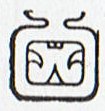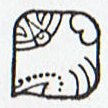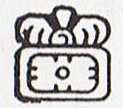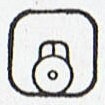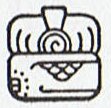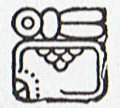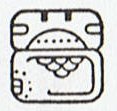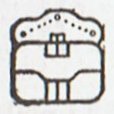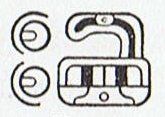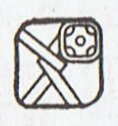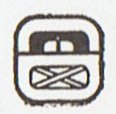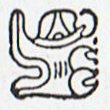|
TRANSLATIONS
Next page:
The open top in 5 Tzek, the first of 10 sun months, surely must mean that sun is arriving, because also 16 Pax has this type of open top (to let the sun escape):
The sign at top left in Tzek is reversed compared with the similar sign in Pax. We must remember that the Mayan glyphs have the future at left and the past at right. It means that in Tzek the future sign points upwards, while in Pax it points downwards. There are 4 months of spring and then comes the rain. 4 * 20 = 80 days for spring can be compared with 4 months counted by a measure between 28.5 and 31 (i.e. equal to 114 - 124 days) according to the G calendar:
Regarded so, Mac and Kankin become special:
Kankin looks like the month when sun is reaching the horizon in the west. The following Moan shows darkness has fallen - the bat has closed his mouth. Half a year is 180 (because Vayeb has 5) and 180 = 9 * 20. From Tzek up to and including Mac covers 180 days. Counting from Pop we have 4 * 20 + 180 = 260 days including Mac. In Kankin sun dies. His spirit will then, I guess, rise 40 days later, when there are 60 days left of the year. 360 - 60 = 300. Pax is Hua Reva:
|
|||||||||||||||||||||||||||||||||||||||||||||||||||||||||||||||||||||||||||||||||||||||||||||||||||||||||||||||||||||||||||||||||||||||||||||||||||||||||||||||||||||||||||||||||||||||||||||||||||||||||||||||||||
